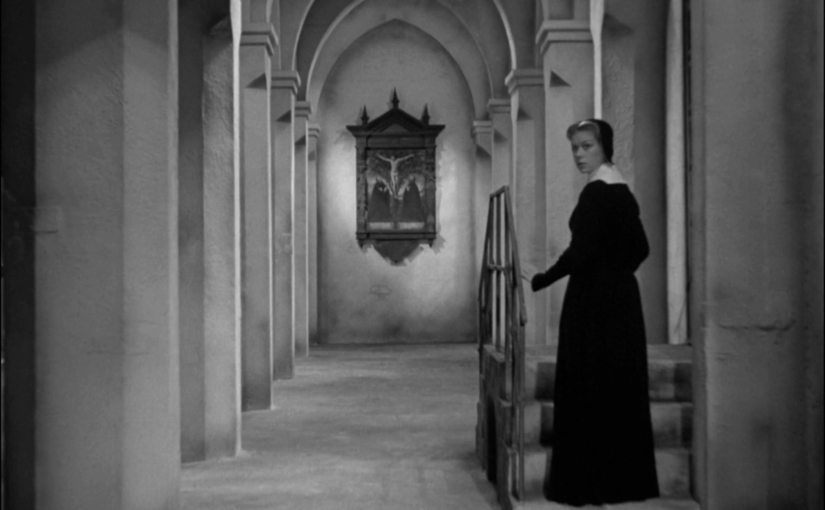Carl Theodor Dreyer | 1hr 37min

For the residents of this 17th century Danish village, the end times are near. Suspicions of witchcraft have escalated into full-blown trials and executions, sentencing women like the elderly Herlof’s Marte to burn at the stake, while more fortunate suspects are spared only through deals made with local authorities. Meanwhile, the ominous ‘Dies Irae’ motif reverberates through choirs of young boys, echoing the sinister poem which opens this tale.
“Day of Wrath, dreadful night,
Heaven and earth in ashes burning,
And the sun beset by dead of night.
That Day of Wrath, that sulfurous day
When flaming heavens together roll,
And earth’s beautiful castle shall pass away.”
These portentous warnings bear strong resemblance to those in The Seventh Seal, and the gale which at one point fills the soundscape with howling chaos may very well be the same which haunts The Turin Horse, yet Day of Wrath precedes both films. This apocalypse is one of forsaken marriages, religious paranoia, and helpless scapegoats, crushing whatever glimmer of passion might emerge between forbidden lovers. Still, this portentous drama never truly rules out the question of whether some unknown, transcendent power holds sway over the fragile lives of humans, sending the damned to early graves while the living remain in its grip of mortal terror.
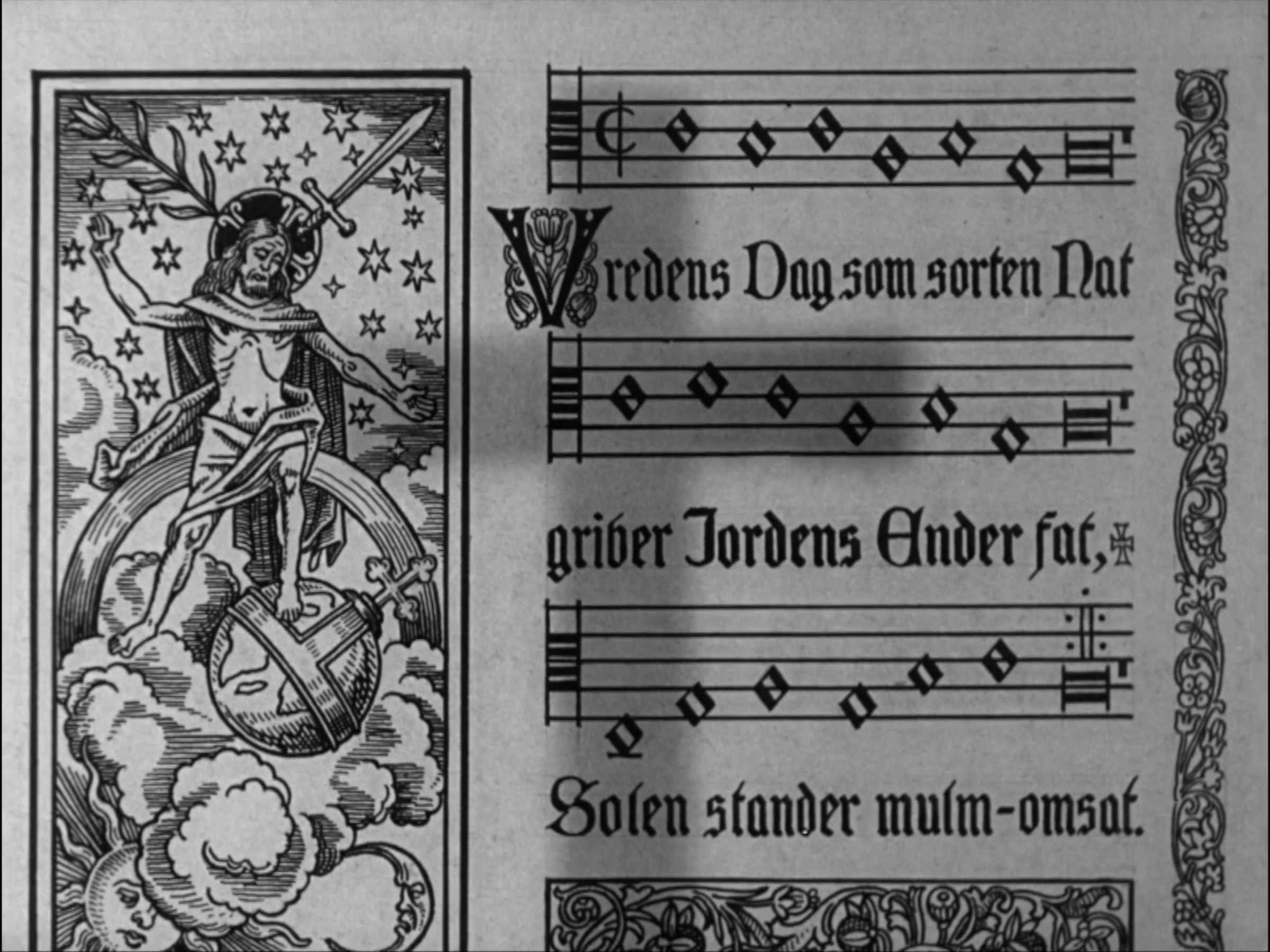
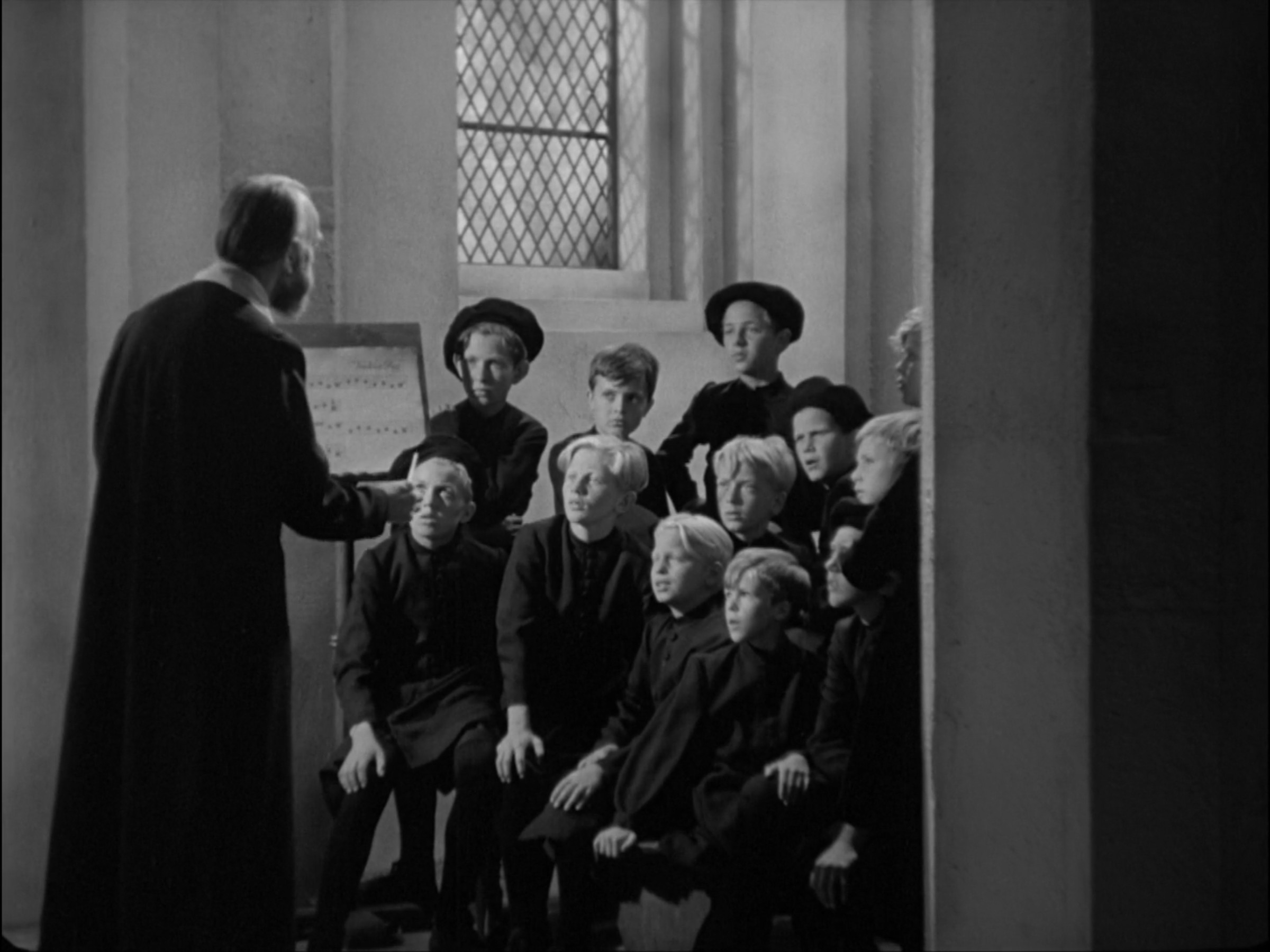
Young housewife Anne knows this feeling of dread too well. Her marriage to the local pastor Absalon was part of a bargain to save her late mother from accusations of witchcraft, and has since placed her under the thumb of Meret, her domineering, antagonistic mother-in-law. With Anne’s elderly neighbour Herlof’s Marte now knocking on her door, hoping to find refuge from similar charges, she can’t quite seem to remove herself entirely from the shadow of suspicion falling upon her either. Her eyes burn the same way as her mother’s did, Meret sombrely remarks, forewarning Absalon that one day he will find himself confronted with a choice between God and his wife.
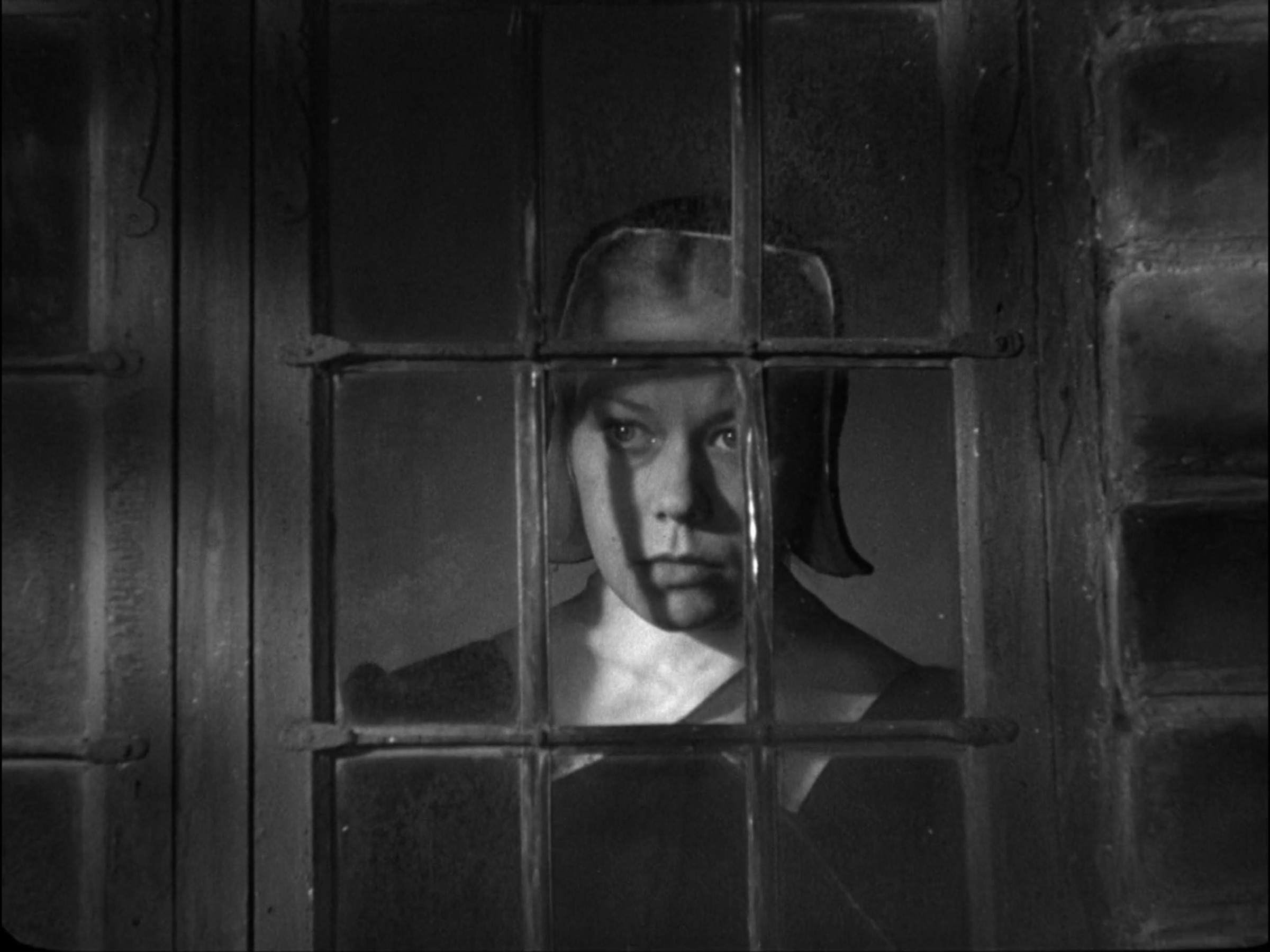
Though it is apparent that the pastor has somewhat of a conscience, we can see in his rejection of Marte’s pleas for mercy that it is his passivity rather than any innate malice which lands him on the wrong side of these witch trials. Still, the same cannot be said of others in this town, who are spurred on by their need for a scapegoat to blame for their misfortune. The camera passes by spectators at Marte’s public torture as they lean forward in their seats, eager to see a confession drawn from her lips, and drawing strong parallels to another totalitarian regime occupying Dreyer’s homeland at the time of production. Just as he once aimed a critical lens at Joan of Arc’s political persecutors, here he angles his allegory towards the spread of Nazism, bitterly lamenting the grip of paranoid terror it held over Europe at large.
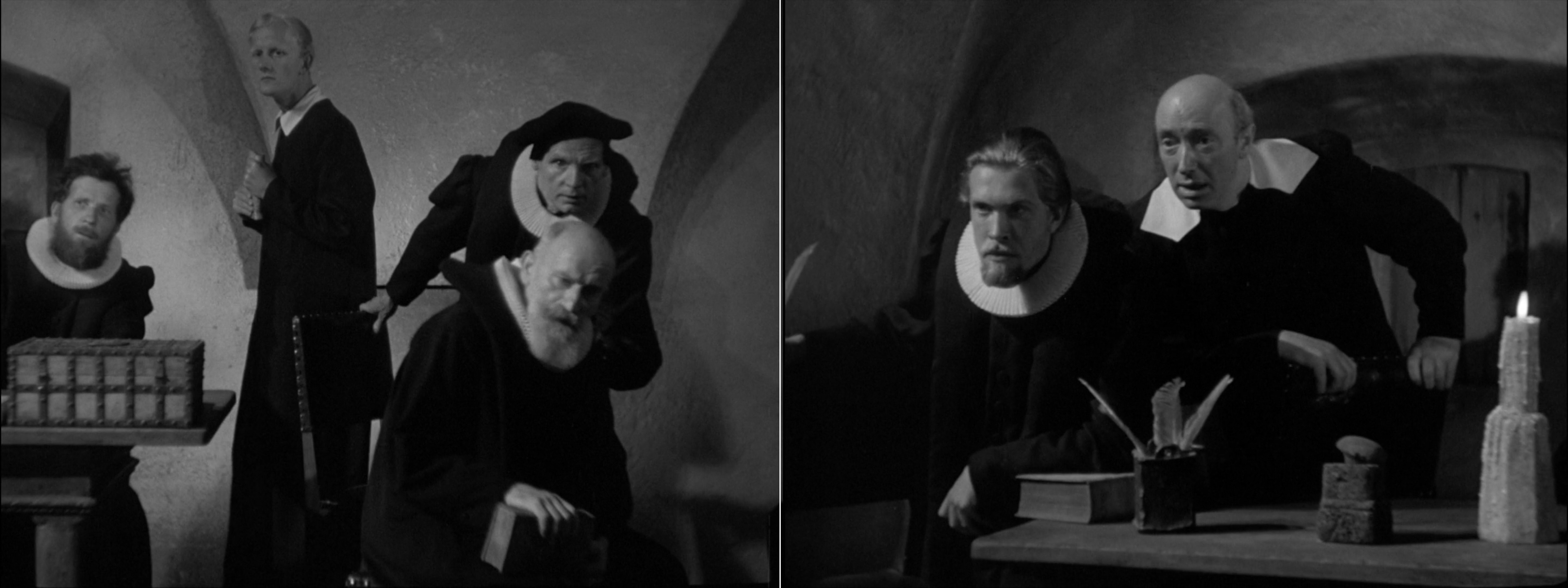
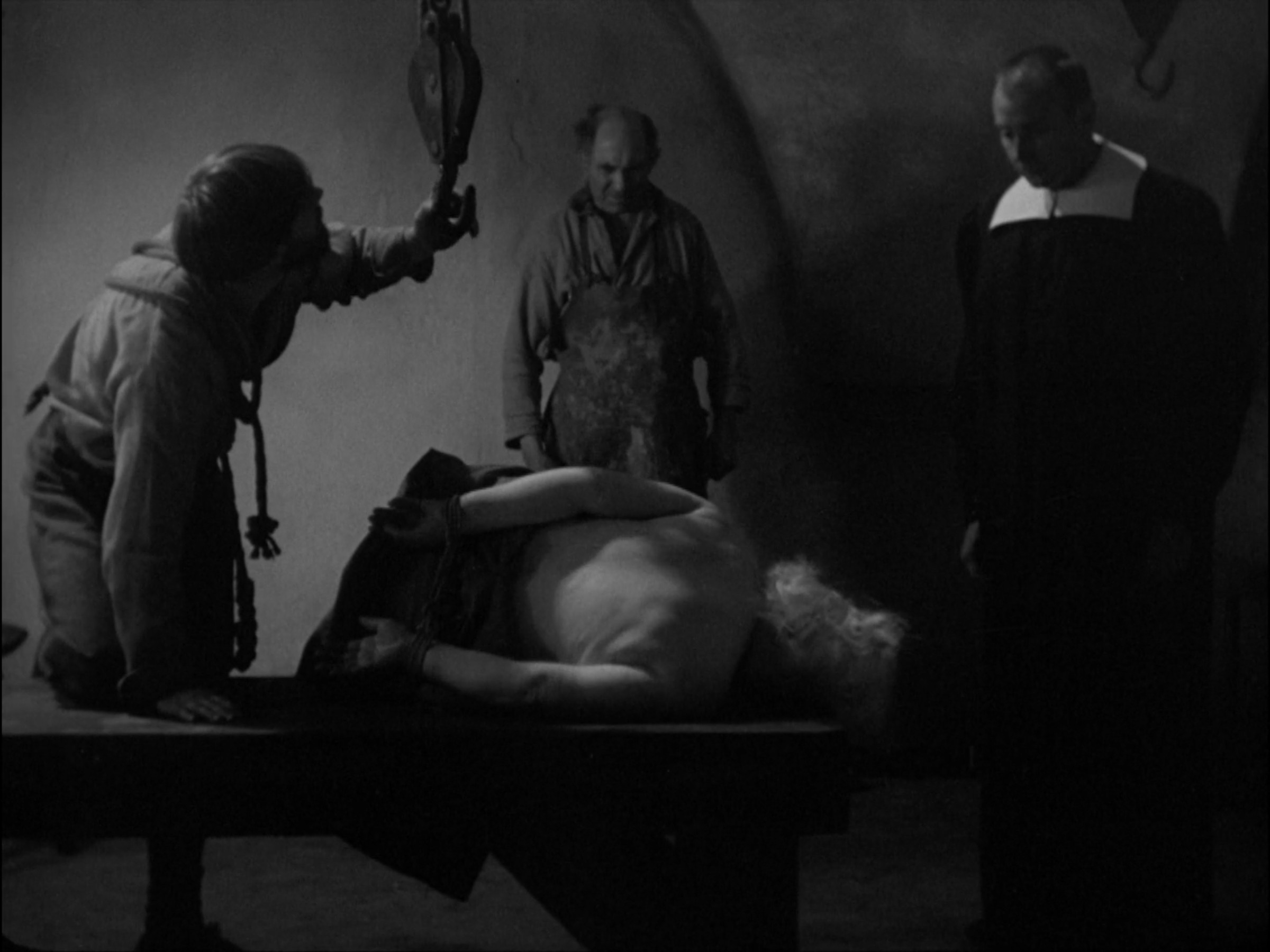
As such, Dreyer’s slow, severe storytelling is an impeccable formal match for his chilling indictment of authoritarianism. Set and costumes designs are as starkly minimalist as ever, using bare stone walls as backdrops and imposing geometric arches and columns upon interior spaces. His roving camerawork is equally rigorous, often combining panning and tracking shots to explore thoroughly blocked tableaux, and particularly inviting our curiosity as we follow Anne through a hall of pillars where she eavesdrops on Marte’s futile plea for mercy. It is no wonder then that Anne wishes to escape these oppressive, greyscale chambers, making the arrival of Absalon’s son Martin all the sweeter for his romantic companionship.
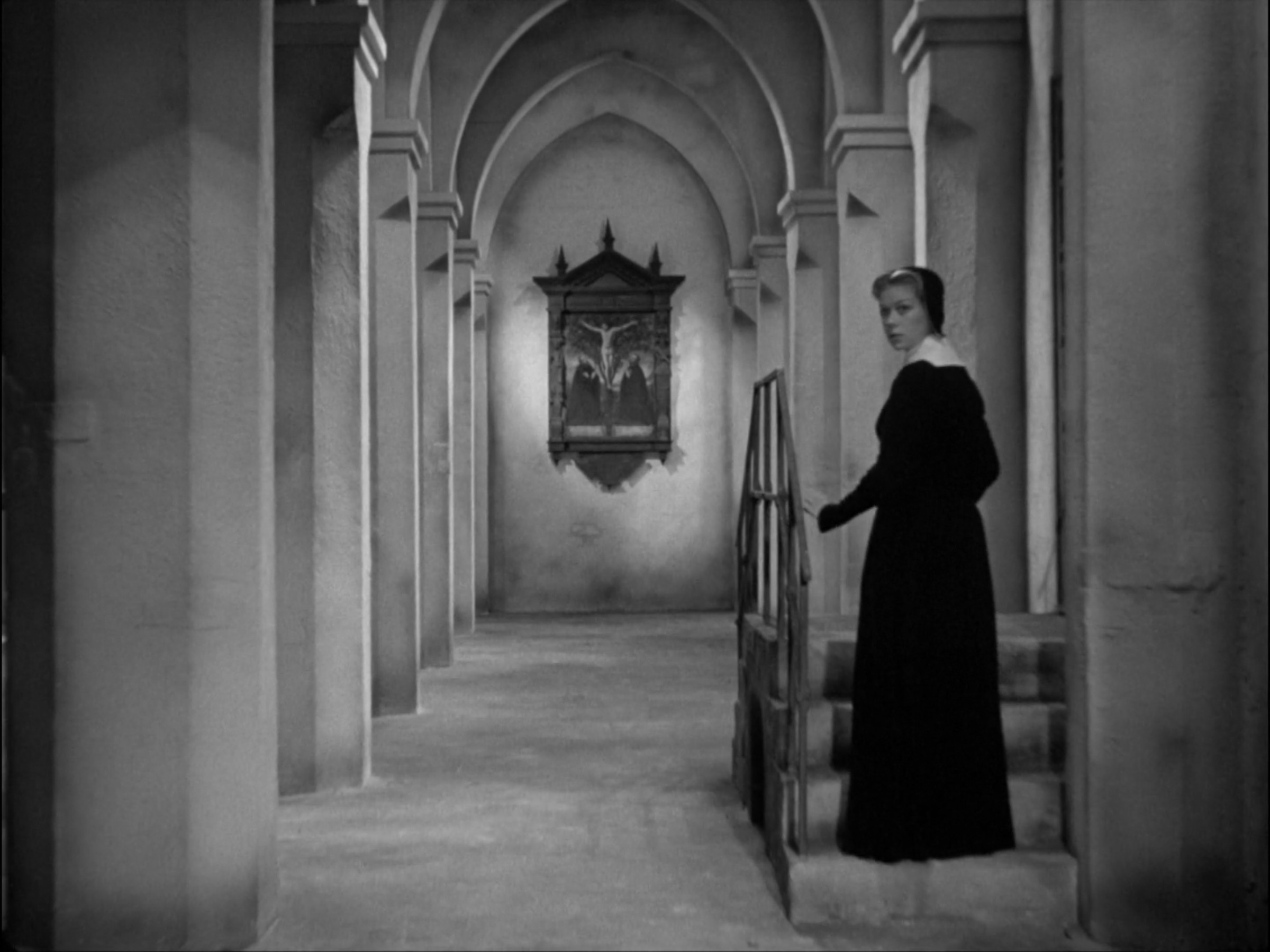
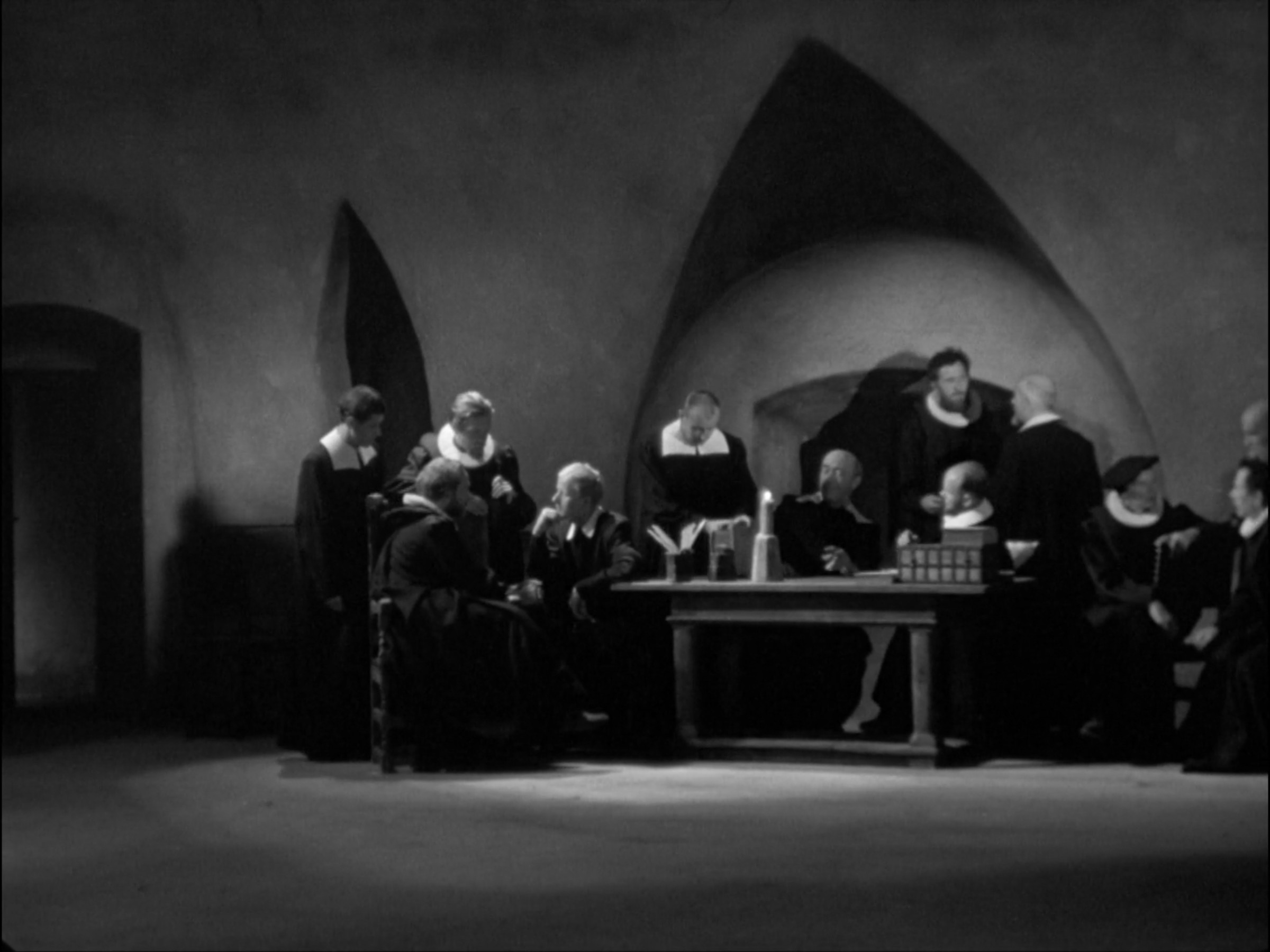
Dreyer’s shift away from the harsh, Gothic architecture of the village and towards the natural scenery of Anne and Martin’s passionate affair is sharp, and further underscored by his deliberate intercutting between both locations. While Absalon visits the darkened home of a sick parishioner to deliver his last rites, we simultaneously join the lovers drifting down rivers and laying together in long grass, free from the rigid lines of their oppressive, austere home. Dreyer’s editing is not defined by quick rhythms here, but rather a slow, deliberate alternation between scenes, breaking through the dour monotony of emotionally restrained performances with warm smiles and tender affection. Still, even as Anne romantically poeticises about a tree on the riverbank, Martin’s guilt quietly impedes on their happiness.
“It is bowed in sorrow.”
“No, in longing.”
“In sorrow for us.”
“In longing for its reflection in the water. We can no more be parted than the tree and its reflection.”
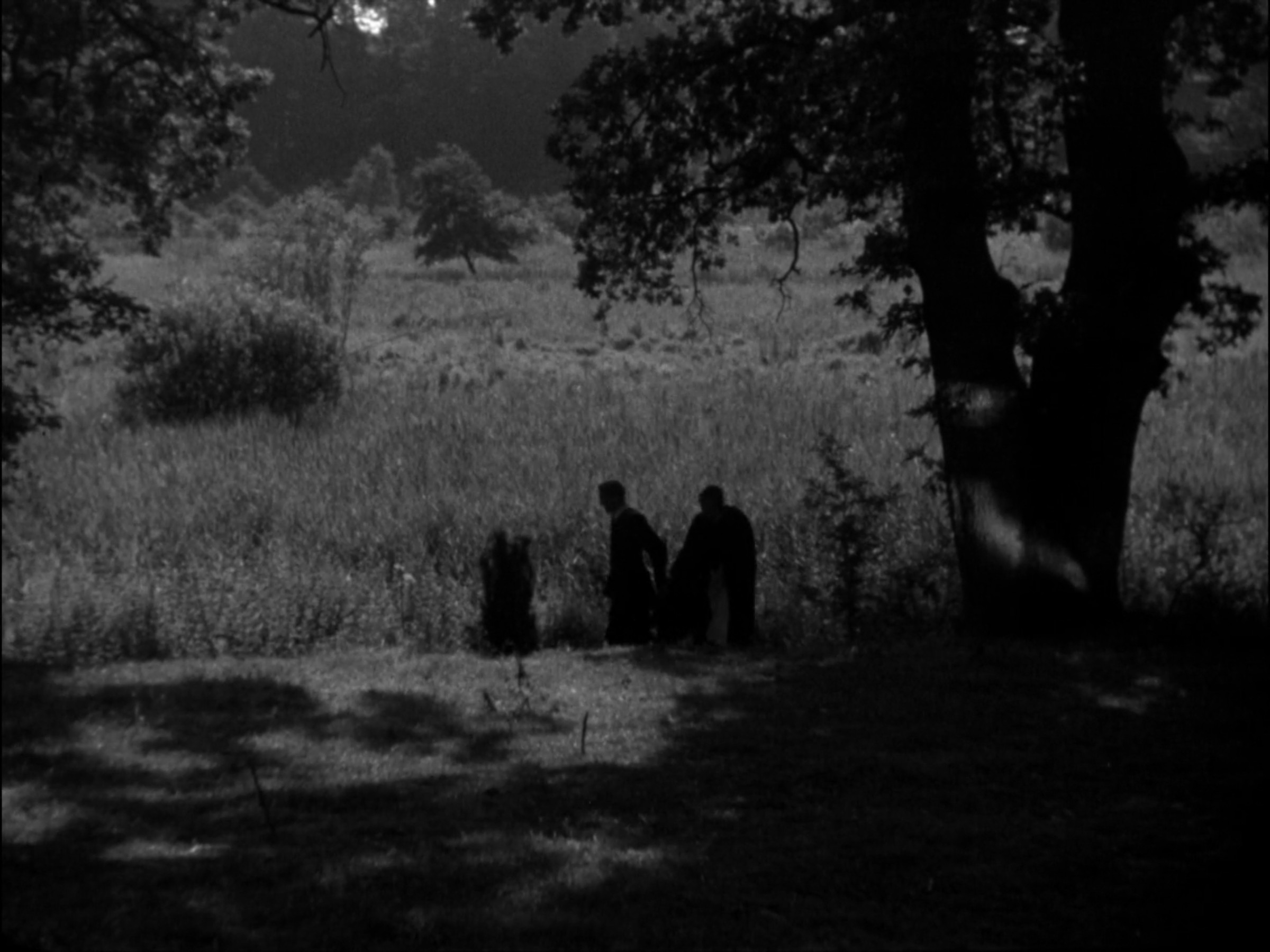
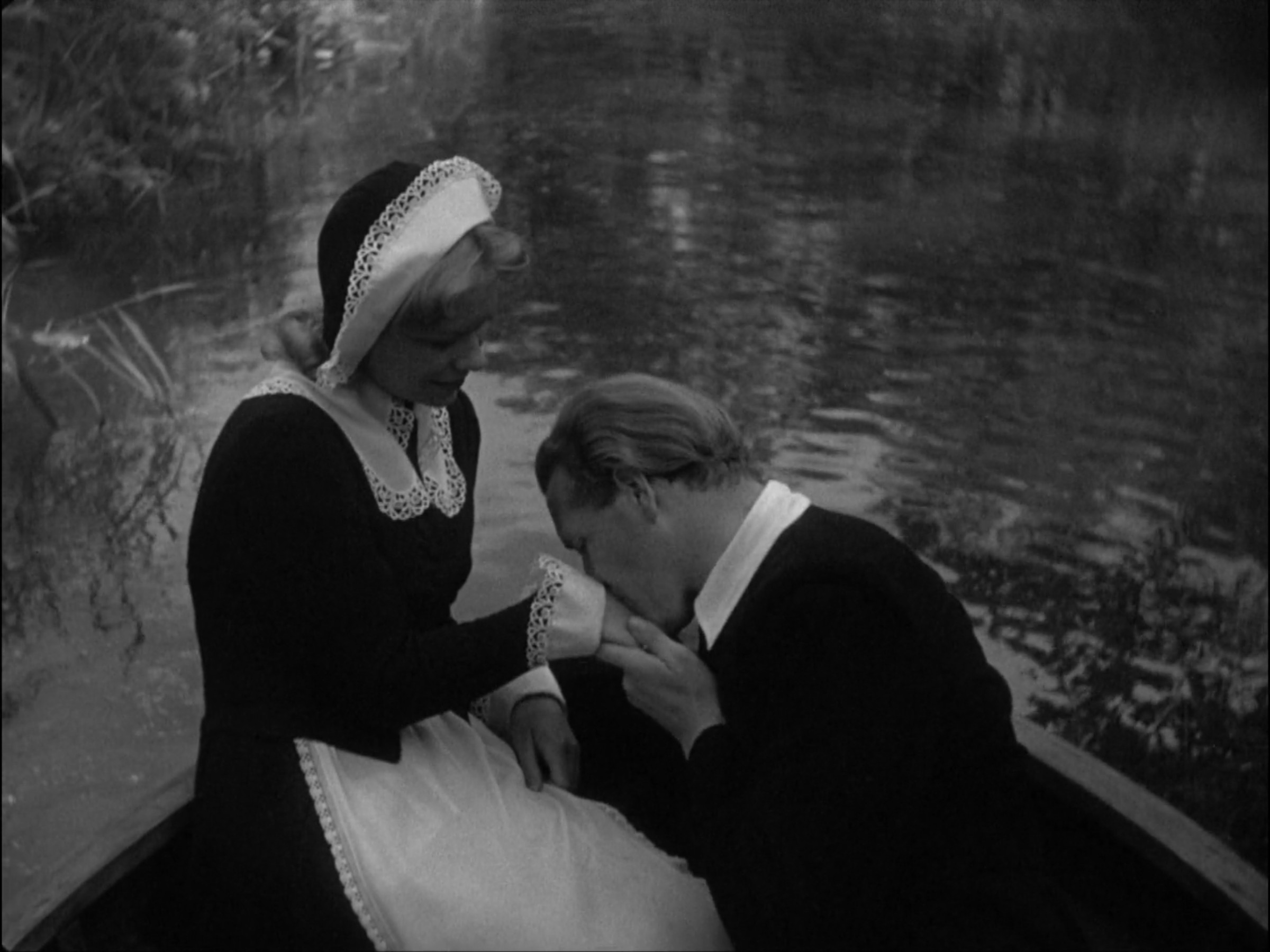
These lovers may be bound together emotionally, yet as Day of Wrath’s parallel editing so suggestively illustrates, they are also subject to a far more powerful bond metaphysically linking them back to Absalon. “Whosoever believeth shall live, though he die,” Absalon prays over his parishioner’s body, right before Dreyer cuts to Martin’s own pensive meditation on death.
“If we could die… together, here.”
“Why?”
“To atone for our sin.”
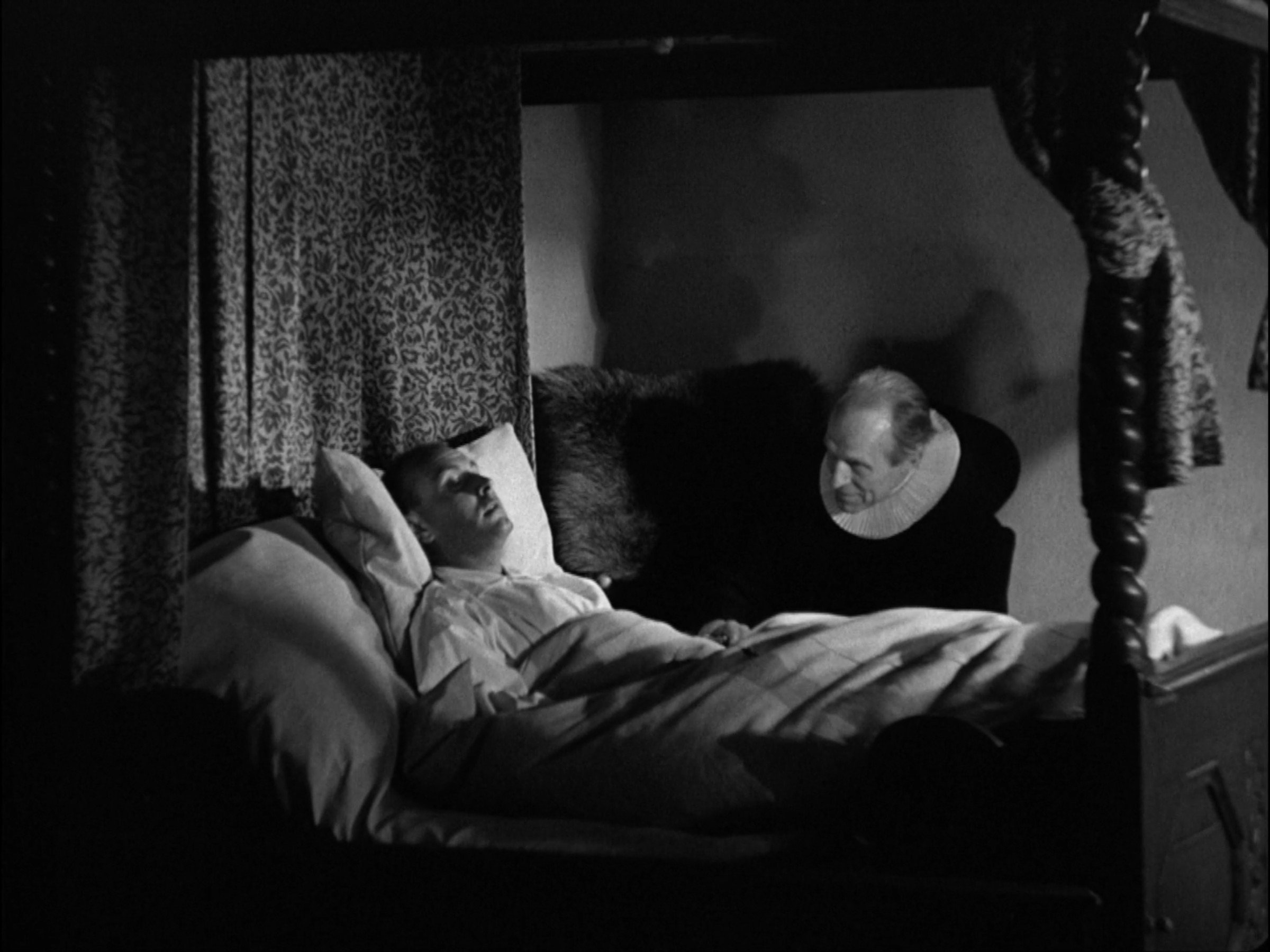
It is not the disloyal son nor the unfaithful wife whom death shall ultimately visit though. Back at home Anne ponders aloud what their lives may look like if her husband were dead, and at that moment, we visit Absalon making his way through a vicious gale. He falters, proclaiming to have felt Death brush by him, before anxiously continuing his journey home. Dreyer is certainly no believer in witchcraft, and yet just as the climax of his later film Ordet is marked by the unexplained miracle of resurrection, there is a frightening ambiguity surrounding Anne’s apparently supernatural power. After derisively unleashing years of repressed anger over her stolen youth, she need only speak her desire aloud to strike him down.
“Therefore, I now wish you dead.”
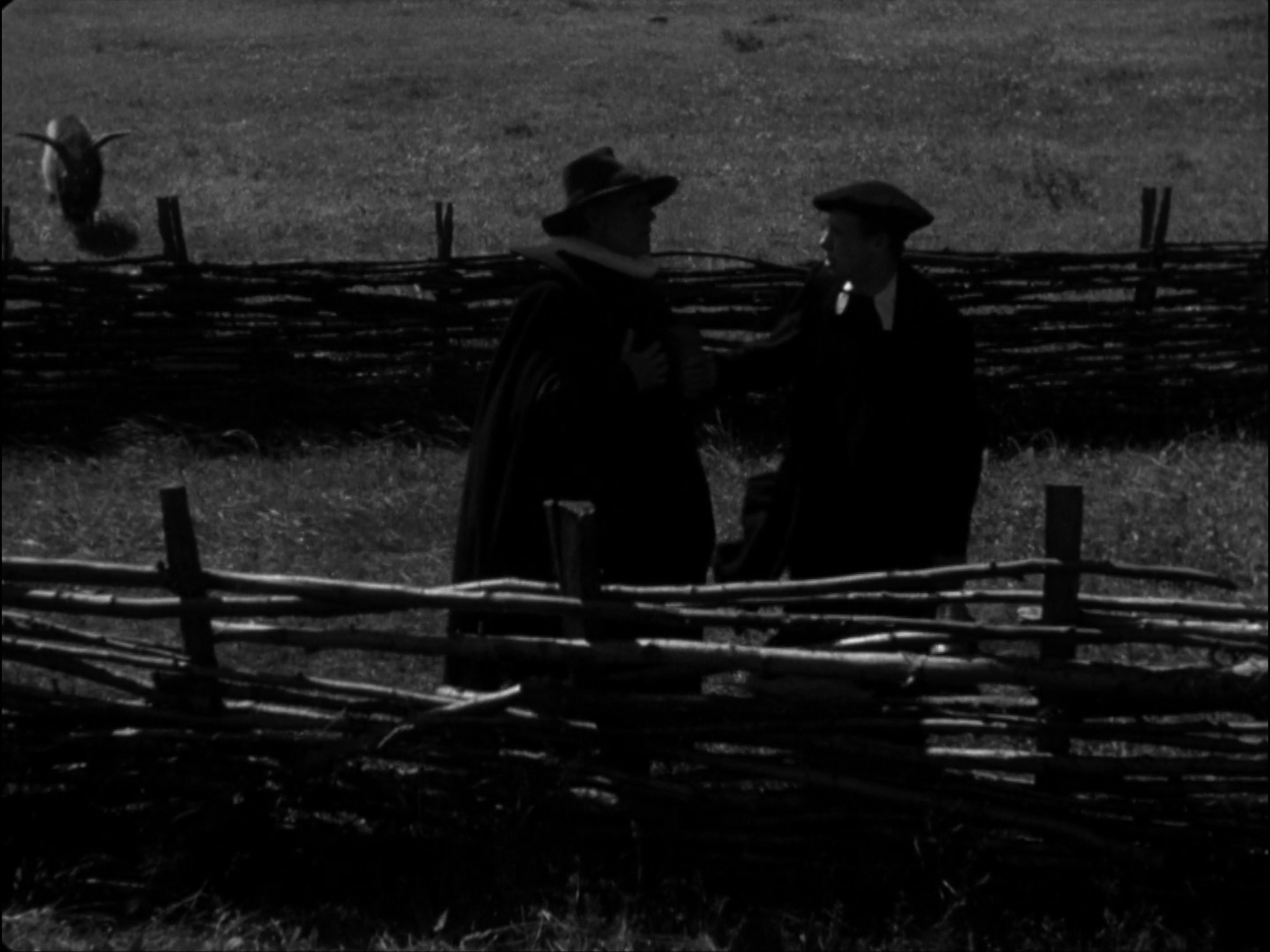
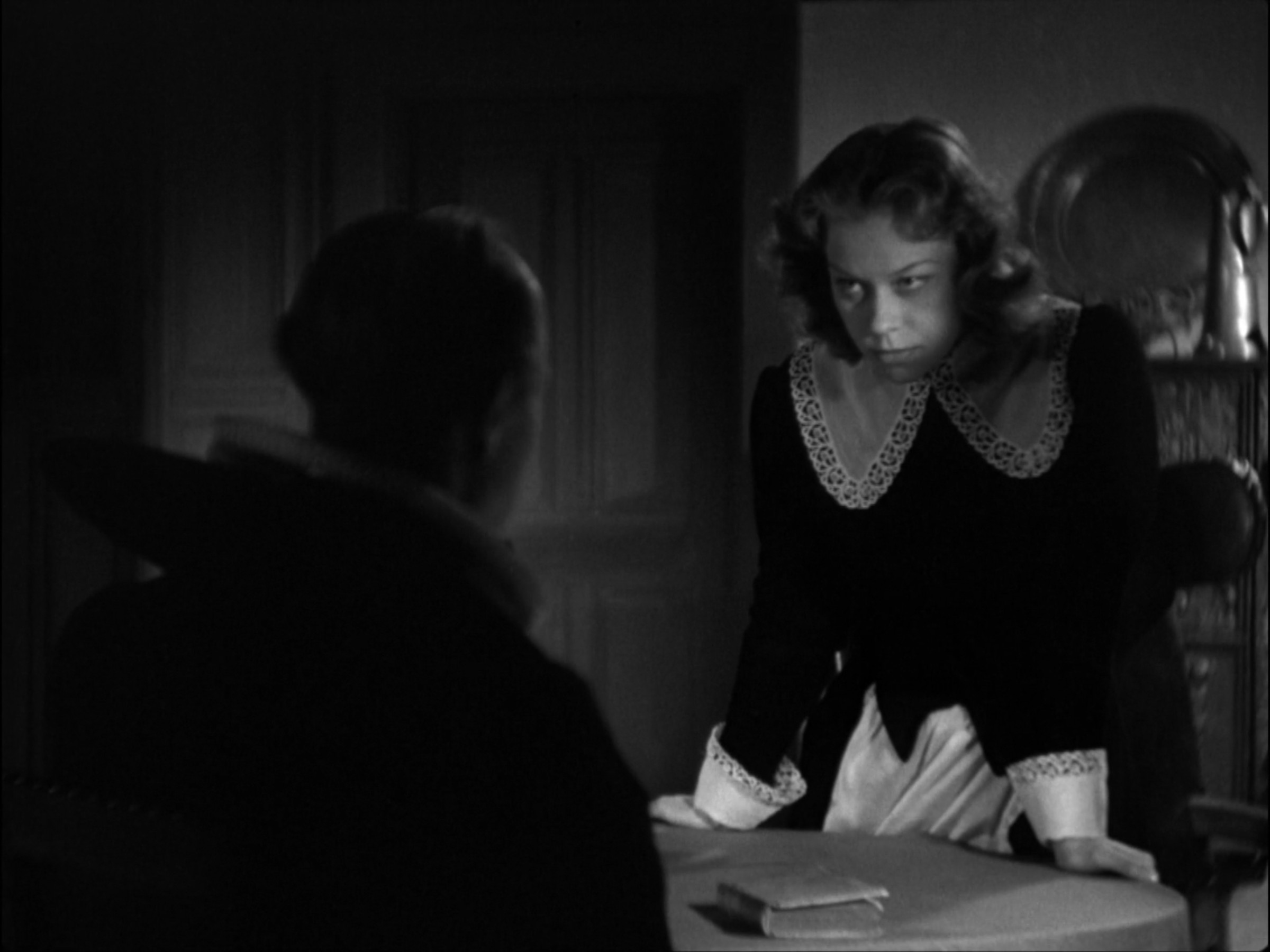
Frightened by her words made real, Anne escapes the thick shadows of Absalon’s office and runs outside, hoping to find Martin in those gorgeous landscapes which once hosted their passionate affairs. Now shrouded in mist though, both are rendered as silhouettes, drained of light and warmth. There is no more room for love in this relationship, and therefore no hope for Anne’s salvation. She is not some defiant individualist, seeing through the narrow beliefs of an unjust society, but simply a woman who has internalised its prejudice so deeply that she confoundedly professes to aiding the “Evil One.” After all, how else could such a terrible catastrophe be arbitrarily visited upon one of God’s holy servants?
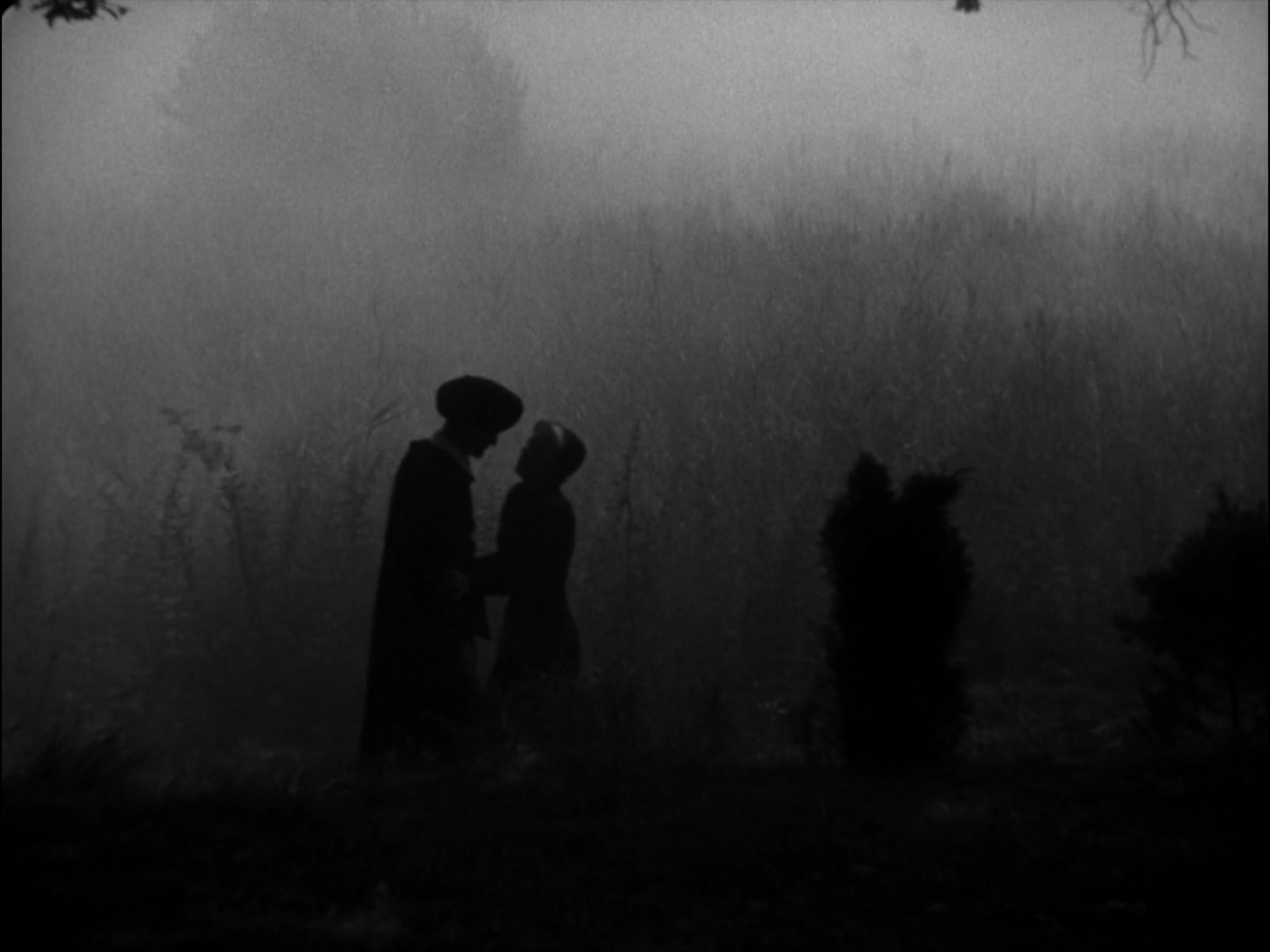
Above all else, it is the haunting ambiguity of Dreyer’s Gothic fable which lingers long after he has faded from Anne’s teary, smiling face. Very gradually, our doubt in the existence of witchcraft is twisted into vague hesitancy, even as we remain sympathetic to her tribulations. Perhaps it was a supernatural manifestation of an emotional outburst, or maybe it truly was incredibly unfortunate timing. Regardless, Day of Wrath reserves its ire not for the women of this village, but those who shape reality around their own fear and cruelty. Where Anne is a sinner, a victim, or both, Dreyer’s greatest anxiety lies in a prejudiced culture beyond moral redemption, masquerading its darkest impulses as divine, heavenly will.
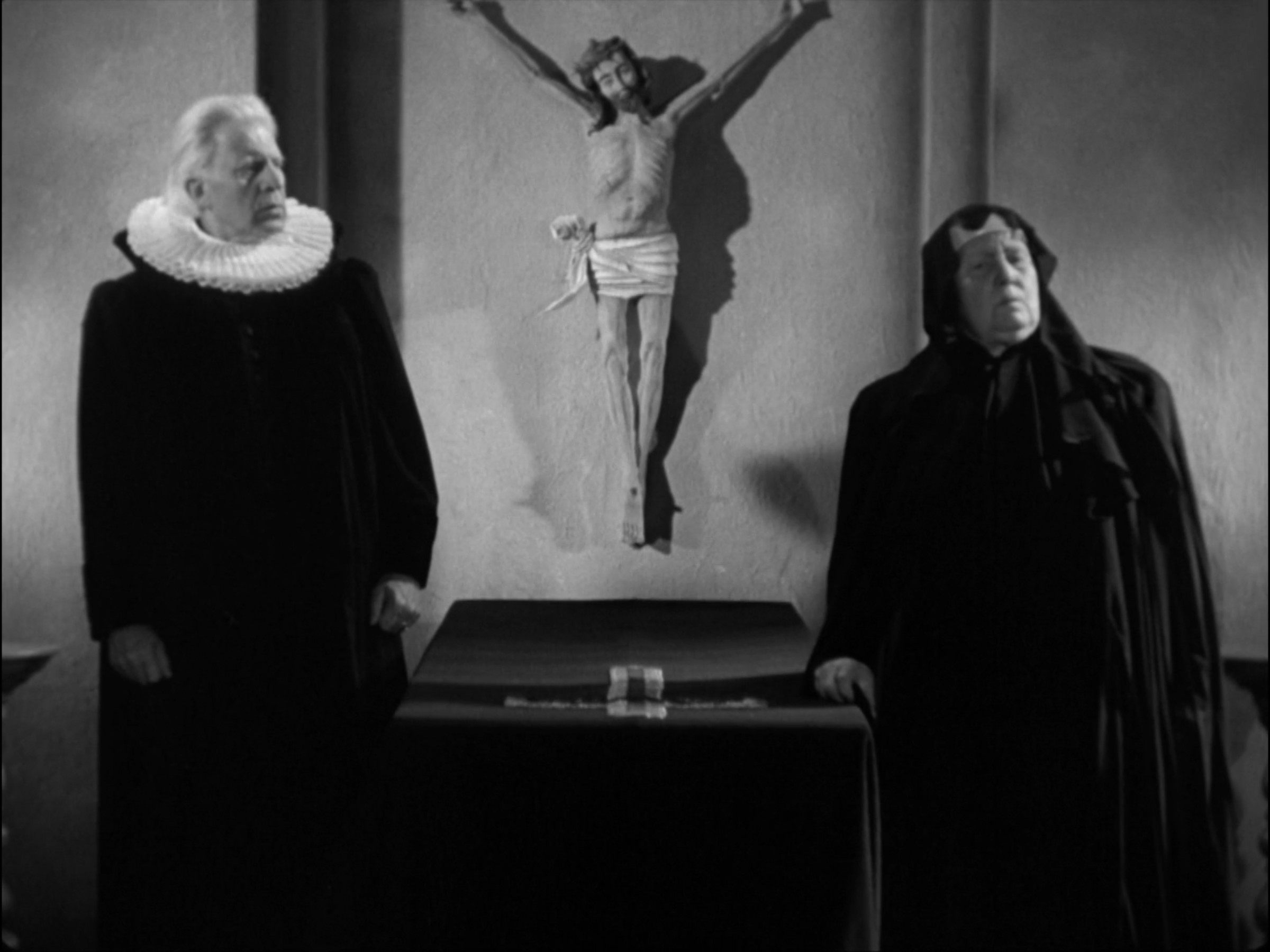
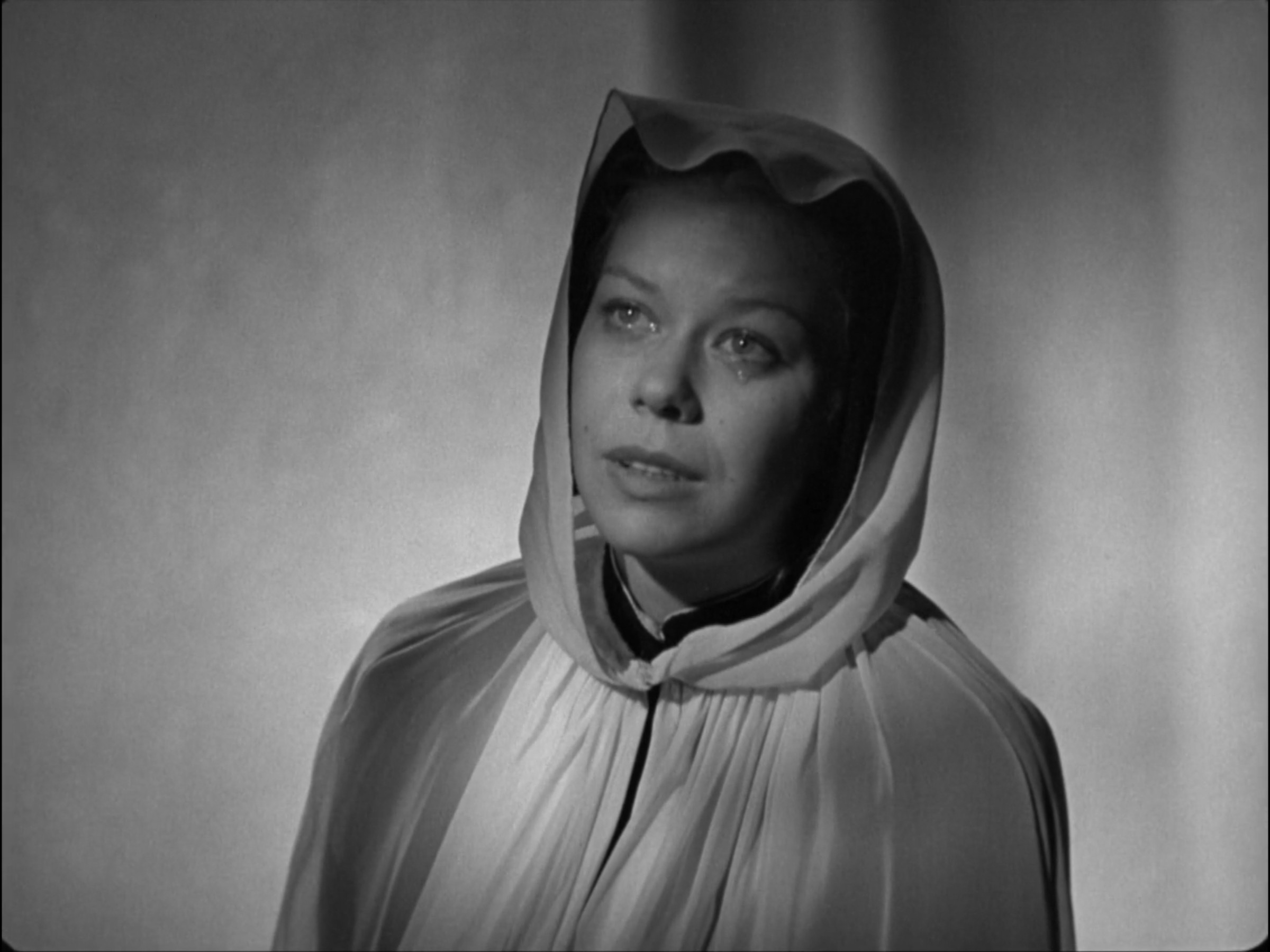
Day of Wrath is currently streaming on The Criterion Channel.

